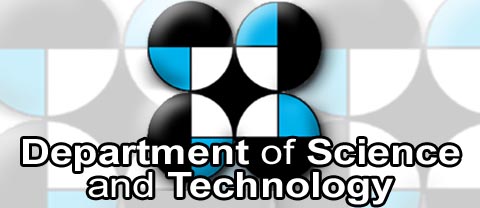
Communications often are down during natural disasters, but the Department of Science and Technology (DOST) has developed a solution for this situation.
This solution is called Project ROGER or Robust and Rapidly Deployable GSM Base Station and Backhaul for Emergency Response network, a deployable GSM voice and SMS emergency network service that function when regular communications are unavailable after a natural disaster.
Project ROGER, funded by DOST and developed by UP Diliman’s Electrical and Electronics Engineering Institute, was conceived after the country’s experience with Super Typhoon Yolanda which destroyed communication lines, hampering rescue and relief efforts by the national and local governments.
Project ROGER allows local government first responders to communicate and coordinate rescue and relief efforts with the central command center through a dedicated Base GSM Transceiver Station. Said station provides mobile signal through a cellular tower and is backhauled or leveraged by a long range Wi-Fi access point to boost the cellular signals up to the LGU base command.
Local government officials including City and Municipal Disaster Risk Reduction Offices are issued a standard Subscriber Identification Module cards (SIM cards) to be used as a dedicated network line during emergency. The line will be used by the LGUs during disaster response efforts and all communication networks are down with no alternative means of communication.
The 18-man team of engineers from the UPD-EEEI made a pilot-testing in three barangays in Mercedes, Camarines Norte to determine the project’s capability during real situations.
The Project ROGER team set-up a 15 meter cellular tower with parabolic antenna, or a grill-like antenna, which emits sector signals or the type of directional microwave antenna with a sector-shaped or pie-like shape radiation pattern. The cellular tower, along with its antenna, is set-up after a typhoon and when there are no available communication networks in the area.
Project ROGER is run by three-200ampere batteries connected to 100 watts solar panel, which is good to operate for three days.
During the pilot-test, Project ROGER has a maximum of up to seven pairings of mobile phone to keep the network efficiently working. The network has call and text capabilities with unlimited SMS.
Project ROGER will soon be rolled-out in various areas where network communications are sparse during inclement weather. – By Joy Lazcano, S&T Media Service, DOST-STII